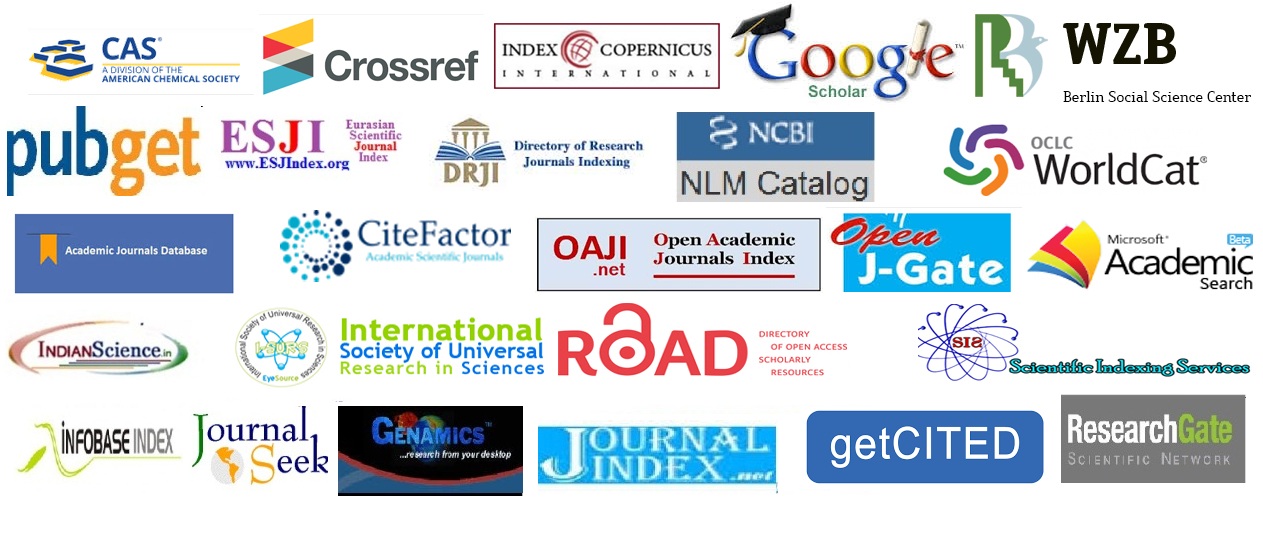Type 2 Diabetes mellitus treatment intensification and deintensification
Abstract
The prevalence of type 2 diabetes is increasing worldwide, presenting a considerable clinical and public health burden. Existing evidence demonstrates that optimisation of diabetes treatment regimens can reduce the risk of morbidity and disability. This retrospective observational cohort study aimed to identify factors associated with treatment intensification and deintensification in people with type 2 diabetes and evaluate effects of the treatment approaches on clinical outcomes. The cohort included 183 patients enrolled in a primary care Diabetes Medication Therapy Adherence Clinic program in Malaysia between 1 January 2016 and 31 March 2020. Multivariable logistic regression analyses were conducted to determine the clinical or socio-demographic characteristics associated with treatment intensification or deintensification.
References
Whig, P., & Ahmad, S. N. (2011a). On the performance of ISFET-based device for water quality monitoring. Int’l J. of Communications, Network and System Sciences, 4(11), 709.
Whig, P., & Ahmad, S. N. (2012a). A CMOS integrated CC-ISFET device for water quality monitoring. International Journal of Computer Science Issues, 9(4), 1694–1814.
Whig, P., & Ahmad, S. N. (2012f). Performance analysis of various readout circuits for monitoring quality of water using analog integrated circuits. International Journal of Intelligent Systems and Applications, 4(11), 103.
Whig, P., & Ahmad, S. N. (2013a). A novel pseudo-PMOS integrated ISFET device for water quality monitoring. Active and Passive Electronic Components, 2013.
Whig, P., & Ahmad, S. N. (2014a). Development of economical ASIC for PCS for water quality monitoring. Journal of Circuits, Systems and Computers, 23(06), 1450079.
Whig, P., & Ahmad, S. N. (2014c). Simulation of linear dynamic macro model of photo catalytic sensor in SPICE. COMPEL: The International Journal for Computation and Mathematics in Electrical and Electronic Engineering.
kolla, V. (2009). LANE DETECTION SYSTEM USING APPLICATION OF MACHINE LEARNING. Transactions on Latest Trends in Health Sector, 1(1). Retrieved from https://www.ijsdcs.com/index.php/TLHS/article/view/270
kolla, V. ravi kiran. (2012). Heart Disease Prediction using Python Machine Learning. International Journal of Statistical Computation and Simulation, 4(1). Retrieved from https://journals.threws.com/index.php/IJSCS/article/view/149
meeeniga, N. reddy. (2013). Heart Disease Prediction using Deep Learning and Artificial intelligence. International Journal of Statistical Computation and Simulation, 5(1). Retrieved from https://journals.threws.com/index.php/IJSCS/article/view/150





